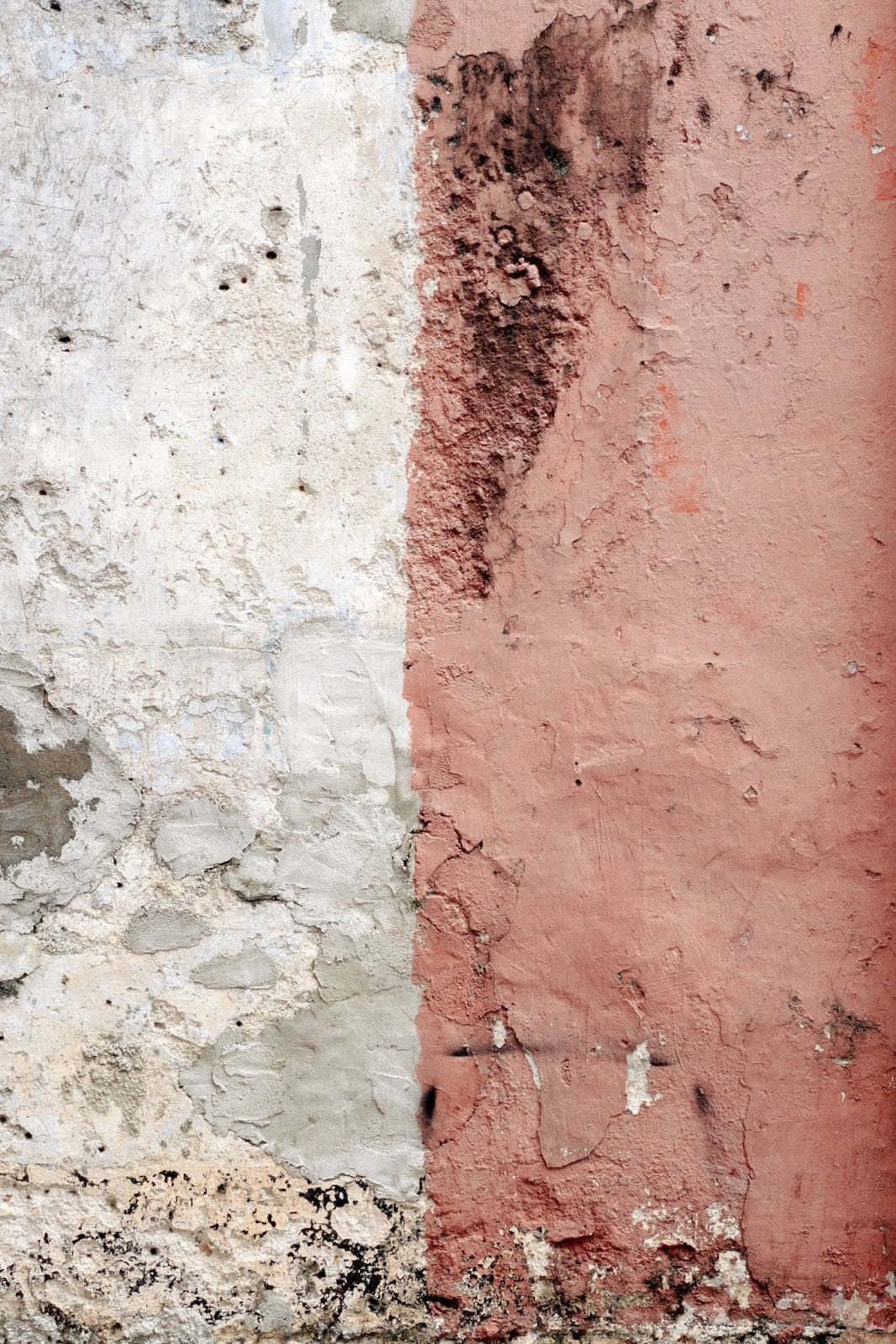
Expert advice on plastering in older homes
10 Jan 2023
- Itika Agarwal
2 Mins Read
When Thinking About Buying Or Selling A Property, The First Thing That Comes To Mind Is How Much It Is Worth.
A Property's Value Is Influenced By Several Factors. Estimating A Property's Value Can Be Difficult For Laypeople. However, This Task Can Be Accomplished With A Little Help And Knowledge.
As A Result, We Have Compiled Some Expert Advice To Help You Comprehend The Fundamentals And Accurately Estimate A Property's Value. Location Is One Of The Most Significant Factors That Affect A Real Estate Property's Value.
Expert's advice on plastering in older homes
Care for a historic property must include knowledge of the maintenance of plaster in older homes. Find out what type you have, how to repair it, and how much it will cost.
Are you looking for suggestions on how to handle plaster in older homes? If you are the owner of a historical building and are considering renovations, whether to the entire house or just one room, you probably have many questions. We're here to address them, after all.
An antique structure benefits tremendously from the original plaster. Traditional lime and clay formulae have a soft, characterful appearance, give some flexibility, and are breathable, in contrast to contemporary cement-based products and gypsum plasters, which are hard, inflexible, and non-breathable.
In historic dwellings, the permeability of wall and ceiling surfaces is a crucial issue. Ancient wattle and daub, brick, and stone walls all rely on moisture evaporating through them. This lessens the chance of condensation and dampness.

WHAT KIND OF PLASTER IS IN MY HOME?
The conventional finish for buildings built before 1919 is lime plaster, though it may have continued to be used up to the 1950s until plasterboard and gypsum took control.
- A plaster that is reddish in colour is probably gypsum-bound.
- A lime plaster typically has an off-white hue.
- An earthy colour denotes an earthen adhesive.
- It can be worth replacing with lime plaster if your historic home has been replastered with contemporary materials or if you have moist walls .
PROCESS OF MAKING TRADITION PLASTER
In order to increase strength and lessen shrinking and cracking, animal hair is typically added as a binder to old plasters comprised of lime and sand. Gypsum is sometimes used to measure high-status work. Additionally, plaster may be made of clay, animal excrement, and lime as a binder.
Traditional plasters are applied directly to solid backings, such as masonry or cob (unfired earth), or flexible supports, including timber laths or reed.
Old finishes have a variety of aggregates depending on the materials that were locally accessible. Therefore, there might be a significant amount of very coarse or very fine particles, and using them would not be in accordance with current sand and aggregate regulations.
A majority of aggregates are "as raised" (i.e. dug out of the ground on or near the site). They consist of broken stone, silica sand, and various sands made of minerals.
WHEN SHOULD WALLS AND CEILINGS BE REPLACED
Plasterwork should endure forever, however when deterioration does happen, it can happen in many ways:
- loose plaster crumbling or coatings peeling
- missing areas
- mechanical damage
- discoloration
- crumbling, or flaking

Repair instead of replacement is frequently an option when deterioration appears to be worse than it is.
If necessary, any replacement should typically be made from the same material and quantity of coats. On flexible backdrops, adequate hair or other reinforcement is essential. Plasterboard should always be avoided. It is flat, in contrast to traditional plaster finishes, and may not appear right in a historical structure. This is particularly valid for old ceilings.